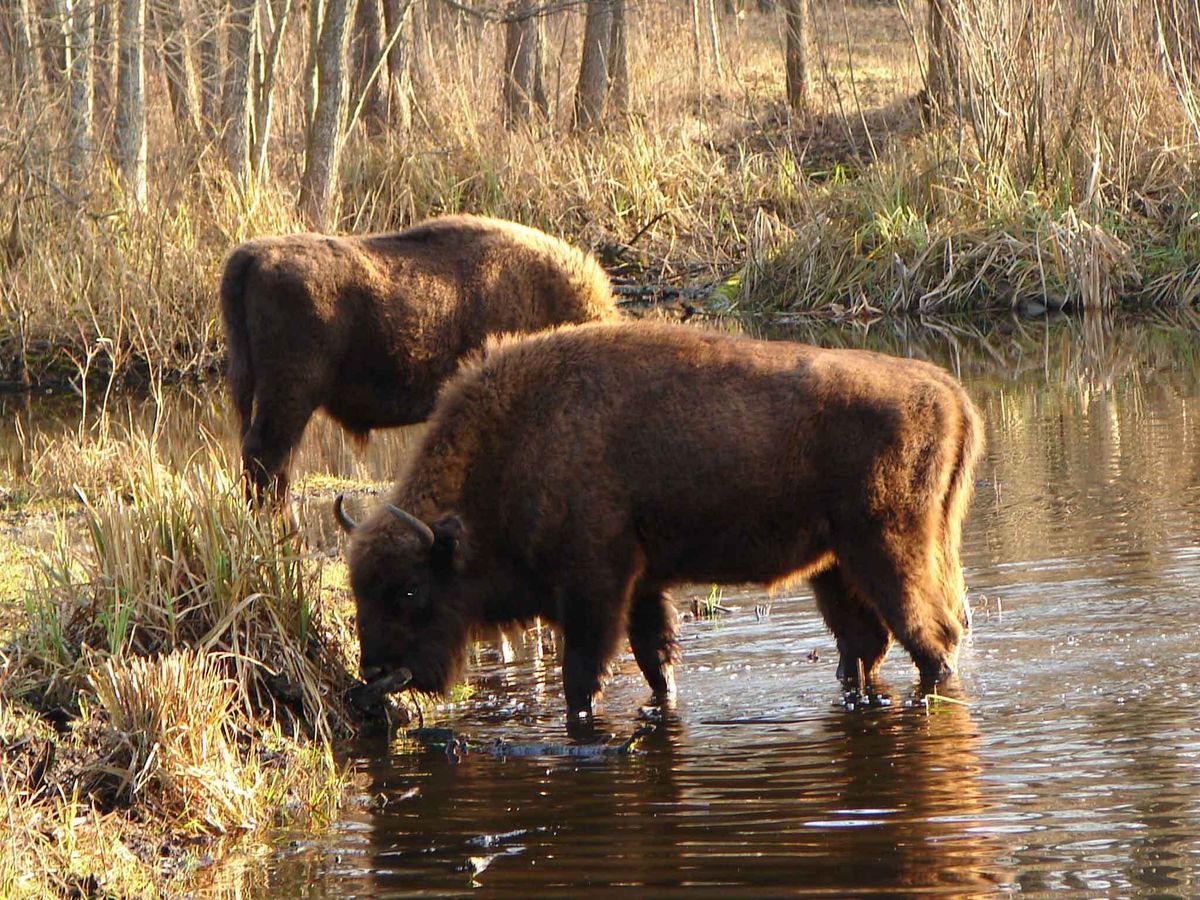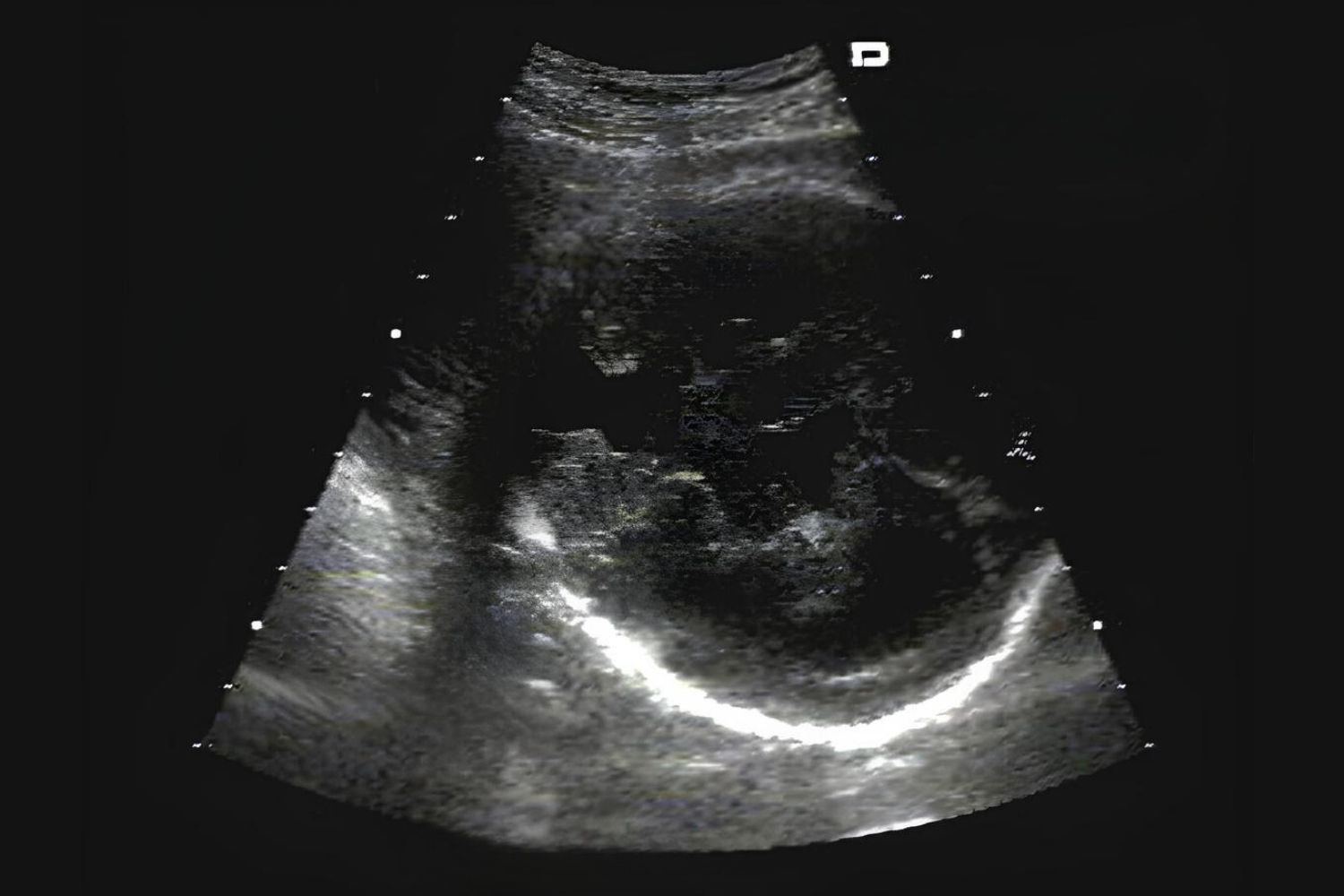
What happened to the animals in Chernobyl after the disaster? The Chernobyl disaster in 1986 left a lasting impact not just on humans but also on wildlife. Surprisingly, many animals have thrived in the exclusion zone, adapting to the radioactive environment. Wolves, boars, and even Przewalski's horses roam freely where humans once lived. Some species show mutations, while others appear unaffected. Birds, insects, and mammals all tell unique stories of survival and adaptation. This post dives into 37 intriguing facts about these resilient creatures, shedding light on their lives in one of the world's most infamous disaster zones.
Key Takeaways:
- Chernobyl's wildlife has thrived in the absence of humans, with animals like wolves, eagles, and boars adapting to the radioactive environment and displaying unique behaviors and resilience.
- The future of Chernobyl's wildlife remains uncertain, but ongoing research, conservation efforts, and international cooperation offer hope for understanding and protecting these resilient ecosystems.
Chernobyl's Wildlife Resurgence
After the Chernobyl disaster in 1986, the area became a no-go zone for humans. Surprisingly, this led to a unique resurgence of wildlife. Here are some fascinating facts about the animals thriving in this radioactive environment.
-
Wolves in the Chernobyl Exclusion Zone are thriving, with populations estimated to be seven times higher than in surrounding areas.
-
Eagles have returned to the area, including the rare white-tailed eagle, which had not been seen in the region for decades.
-
Boars have adapted to the environment, with some showing higher levels of radiation in their bodies, yet they continue to thrive.
Unique Adaptations
Animals in Chernobyl have developed unique adaptations to survive in this radioactive environment. These adaptations are both fascinating and a testament to nature's resilience.
-
Birds in the area have shown signs of adapting to radiation, with some species developing higher levels of antioxidants to combat the effects.
-
Rodents like the bank vole have been studied for their ability to live in highly radioactive areas without apparent harm.
-
Insects such as butterflies have shown mutations, yet many species continue to flourish.
Unusual Animal Behaviors
The absence of humans has led to some unusual behaviors among the animals in Chernobyl. These behaviors provide insight into how wildlife adapts when left undisturbed by human activity.
-
Elk have been observed in larger numbers, often seen grazing in areas once populated by humans.
-
Bears have returned to the area, with sightings becoming more common as they explore abandoned buildings.
-
Bison were reintroduced to the zone and have established a stable population, roaming freely in the forests.
Birds of Chernobyl
Birds in the Chernobyl Exclusion Zone offer a unique glimpse into how radiation affects wildlife. Their behaviors and adaptations are particularly noteworthy.
-
Swallows have been found with physical abnormalities, yet they continue to breed and maintain their populations.
-
Owls have been spotted nesting in abandoned structures, taking advantage of the lack of human disturbance.
-
Woodpeckers are thriving, with some species showing increased numbers compared to pre-disaster levels.
Mammals in the Zone
Mammals in Chernobyl have shown remarkable resilience, with many species thriving despite the radioactive environment. Their presence highlights the adaptability of wildlife.
-
Foxes have been seen scavenging in the area, often appearing healthy despite potential radiation exposure.
-
Raccoon dogs have established a significant presence, with populations growing steadily.
-
Lynx have returned to the zone, with sightings becoming more frequent as they hunt in the forests.
Amphibians and Reptiles
Amphibians and reptiles in Chernobyl provide a unique perspective on how different species cope with radiation. Their survival offers valuable insights into the effects of long-term exposure.
-
Frogs in the area have shown some genetic mutations, yet they continue to thrive in the wetlands.
-
Snakes such as the grass snake have been observed in healthy numbers, often seen basking in the sun.
-
Lizards have adapted well, with populations appearing stable and healthy.
Fish and Aquatic Life
The waterways in Chernobyl are home to a variety of fish and aquatic life. These species have adapted to the radioactive environment in unique ways.
-
Catfish in the cooling ponds of the Chernobyl reactor have grown to enormous sizes, likely due to the lack of fishing.
-
Carp have been found with higher levels of radiation, yet they continue to reproduce and maintain their populations.
-
Amphibians like newts have been studied for their ability to live in contaminated water without apparent harm.
Insects and Small Creatures
Insects and small creatures in Chernobyl have shown remarkable resilience. Their presence highlights the adaptability of even the smallest forms of life.
-
Bees have been observed in the area, with some hives showing higher levels of radiation yet continuing to produce honey.
-
Ants have established large colonies, often seen thriving in the forest floor.
-
Spiders have adapted to the environment, with some species showing increased web-building activity.
The Role of Predators
Predators play a crucial role in maintaining the balance of the ecosystem in Chernobyl. Their presence indicates a healthy and thriving wildlife population.
-
Wolves are the top predators in the zone, helping to control the populations of other animals.
-
Eagles and other birds of prey have returned, hunting in the open fields and forests.
-
Lynx have been observed hunting deer and other small mammals, contributing to the ecosystem's balance.
Human Impact and Conservation
Human absence has allowed wildlife to flourish in Chernobyl. Conservation efforts continue to study and protect these unique ecosystems.
-
Scientists monitor the health and behavior of animals in the zone, providing valuable data on radiation's long-term effects.
-
Conservationists work to protect the habitats of these animals, ensuring their continued survival.
-
Tourism in the area is carefully managed to minimize human impact on the wildlife.
Future of Chernobyl Wildlife
The future of Chernobyl's wildlife remains uncertain, yet their resilience offers hope. Continued research and conservation efforts are essential to understanding and protecting these unique ecosystems.
-
Climate change may impact the habitats of these animals, requiring ongoing monitoring and adaptation.
-
Genetic studies provide insights into how radiation affects different species, helping to inform conservation strategies.
-
International cooperation is crucial for the continued protection of Chernobyl's wildlife, with scientists and conservationists working together.
Fascinating Animal Stories
Chernobyl is home to many fascinating animal stories, each highlighting the resilience and adaptability of wildlife in this unique environment.
-
The Przewalski's horse, once nearly extinct, has been reintroduced to the zone and is now thriving.
-
Bats have been observed roosting in abandoned buildings, with some species showing increased populations.
-
Wild boars have been seen rooting through the remains of abandoned villages, often appearing healthy despite potential radiation exposure.
-
Birds like the black stork have returned to the area, nesting in the tall trees and undisturbed by human activity.
The Resilience of Chernobyl's Wildlife
Chernobyl's animals have shown incredible resilience. Despite the radioactive environment, many species have adapted and even thrived. Wolves, boars, and birds have made the exclusion zone their home. These animals face unique challenges but continue to survive and reproduce.
Scientists study these creatures to understand radiation's long-term effects. Their findings could help us learn more about adaptation and survival in extreme conditions. The Chernobyl exclusion zone serves as a living laboratory, offering insights into nature's ability to bounce back.
While the area remains dangerous for humans, wildlife has found a way to coexist with the lingering radiation. This unexpected outcome reminds us of nature's strength and adaptability. Chernobyl's animals are a testament to life's persistence, even in the most hostile environments. Their stories inspire hope and curiosity about the natural world's resilience.
Frequently Asked Questions
Was this page helpful?
Our commitment to delivering trustworthy and engaging content is at the heart of what we do. Each fact on our site is contributed by real users like you, bringing a wealth of diverse insights and information. To ensure the highest standards of accuracy and reliability, our dedicated editors meticulously review each submission. This process guarantees that the facts we share are not only fascinating but also credible. Trust in our commitment to quality and authenticity as you explore and learn with us.

